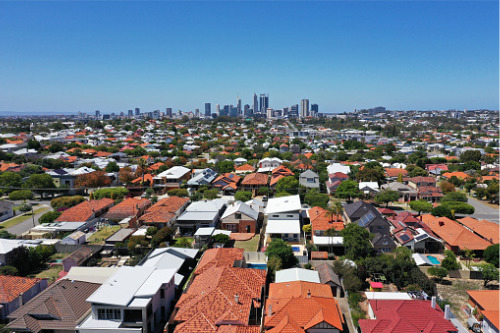

Unit dwellers who are looking to upgrade to bigger living spaces should expect to face affordability constraints as the gap between median house values and unit values widen, CoreLogic found.
First-home buyer commitments have fallen 22.8% since January after housing values shot up 22.9% in the 12 months to September, according to the Australian Bureau of Statistics. It doesn’t help that rent prices are following suit, with unit values climbing 12%.
Still, median house values stand 34.4% higher than unit values.
Mosman Park in Perth had the widest margin, where the median unit value was just 21.4% of the median house value. Because of this, buyers end up paying much more for a unit than a standard house deposit.
“A trend in this data is that more expensive dwelling markets, particularly in the house segment, tend to correlate with the least amount of purchasing power from units,” CoreLogic said. “Many of these could be considered more ‘desirable’ housing markets, including those closer to CBDs.”
Meanwhile, regions where unit values are similar to house values include Brighton in Hobart, Playford in Adelaide, and the Blue Mountains in Sydney.
CoreLogic also observed that local government areas with higher levels of unit stock had a lower value than houses. This was recorded in Strathfield, Woollahra and Port Philip where 64.6%, 61.4% and 74.3% of housing stocks are units, respectively.
“Looking at the change in unit values as a portion of housing over time shows apartment owners in the current market would be able to put less towards a house than they could five years ago,” CoreLogic said. “This would be particularly frustrating for those looking to start families, or seeking more space.”
However, CoreLogic also noted that this is “not necessarily bad for buyers” as a lower proportion of housing stock indicates a higher density of relatively cheap stock. This opens the door to a greater socioeconomic diversity for those living closer to the city centre.
As expected, cities with high concentrations of units had offset the growth in unit values.
“Looking forward, we could see unit purchases becoming more popular as demand is deflected away from houses simply due to affordability constraints becoming more pressing across the detached housing sector where values have risen substantially more than units,” CoreLogic said.
